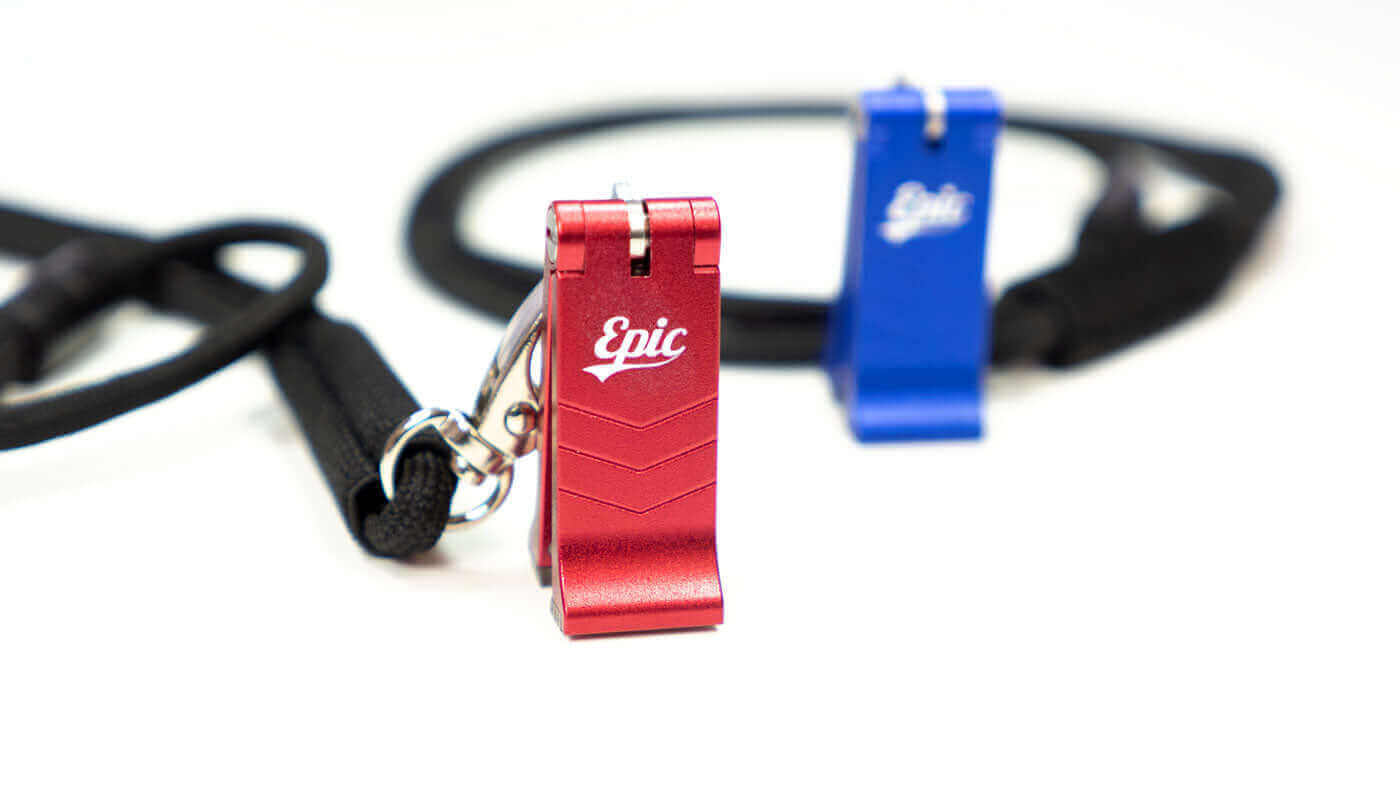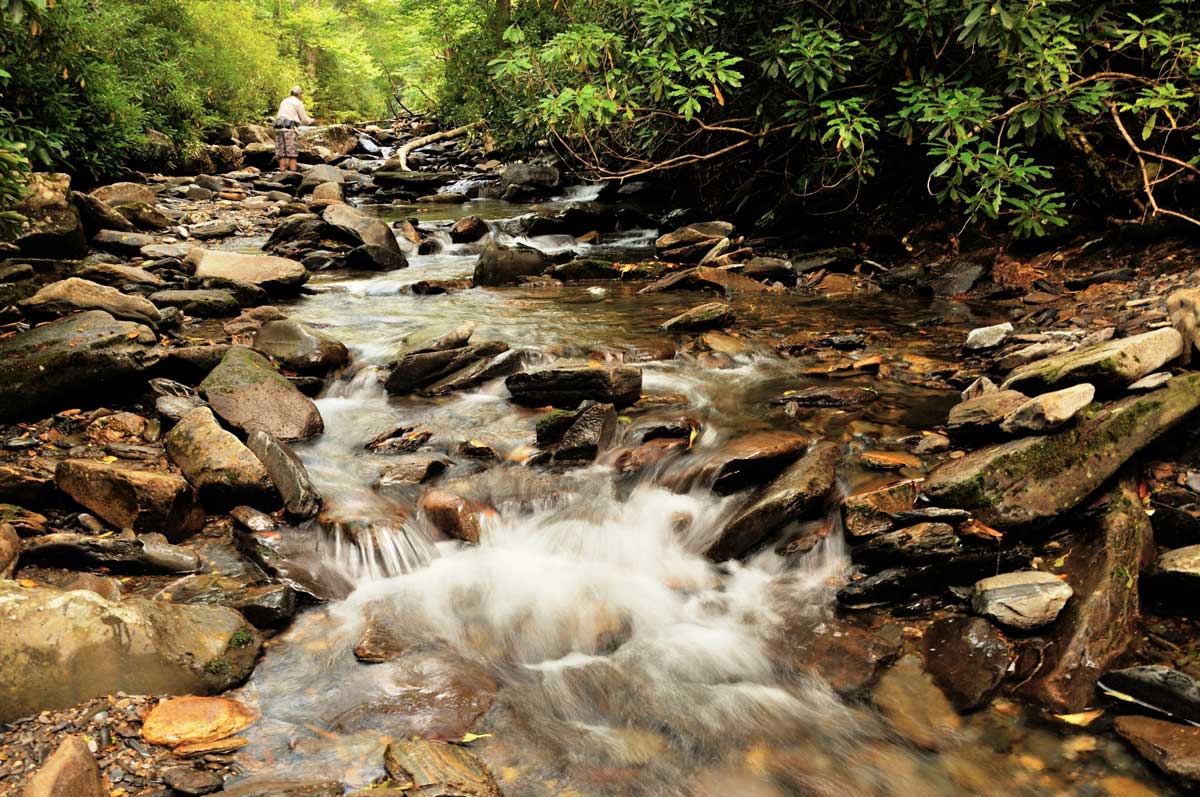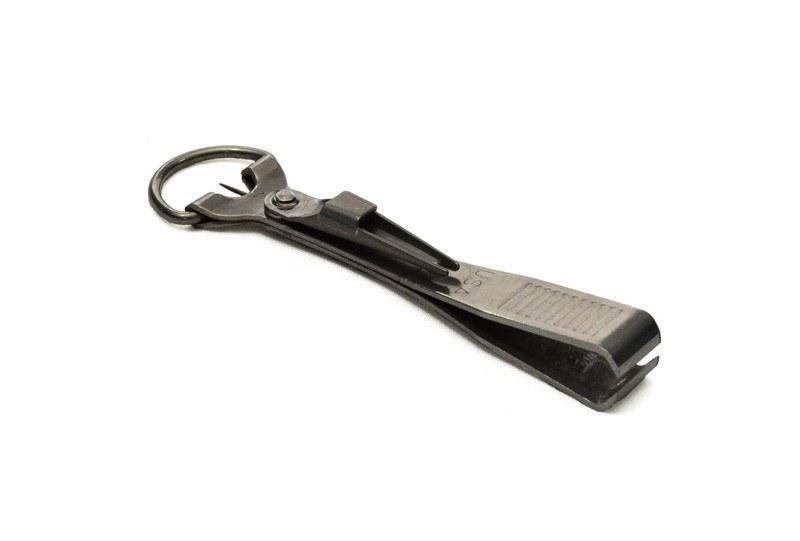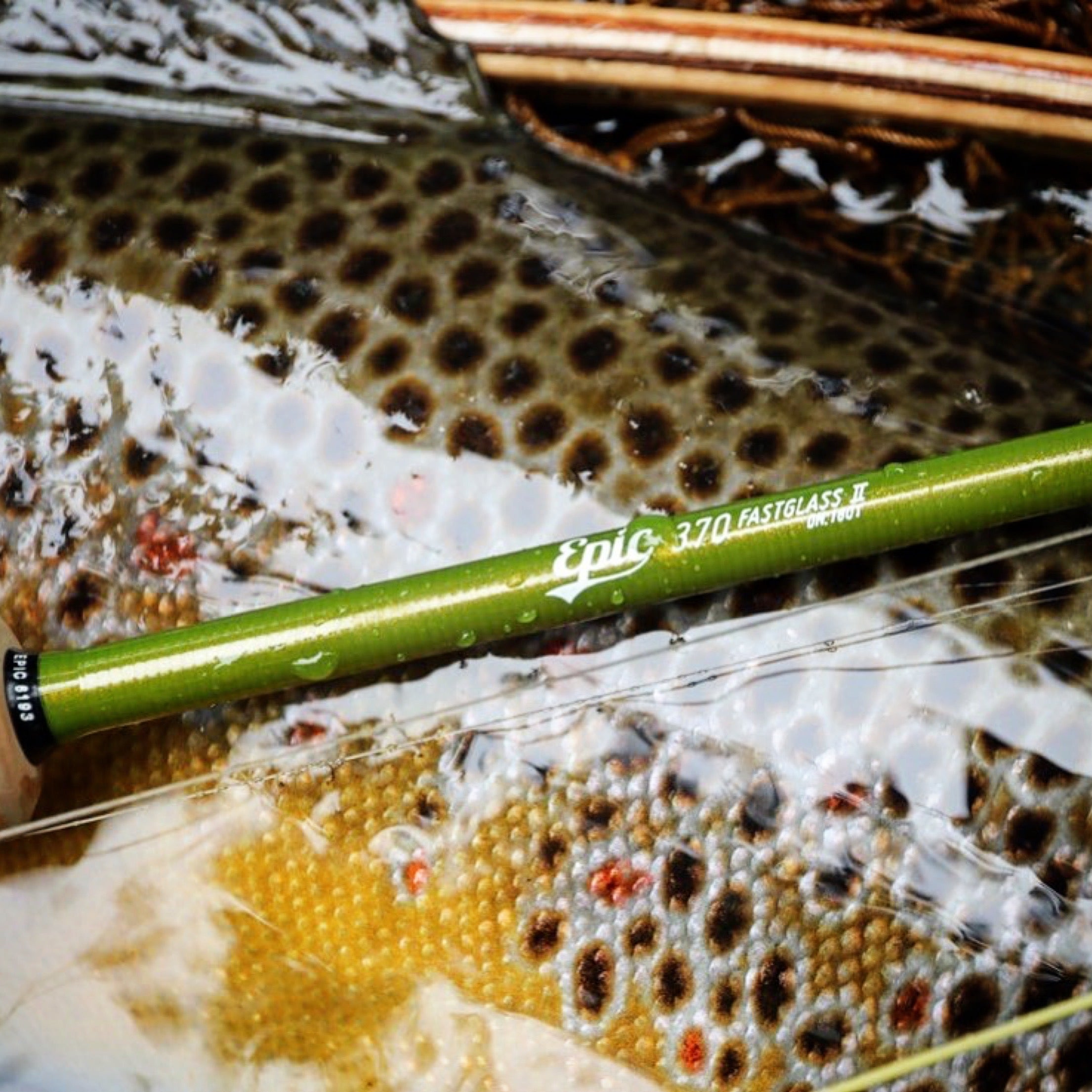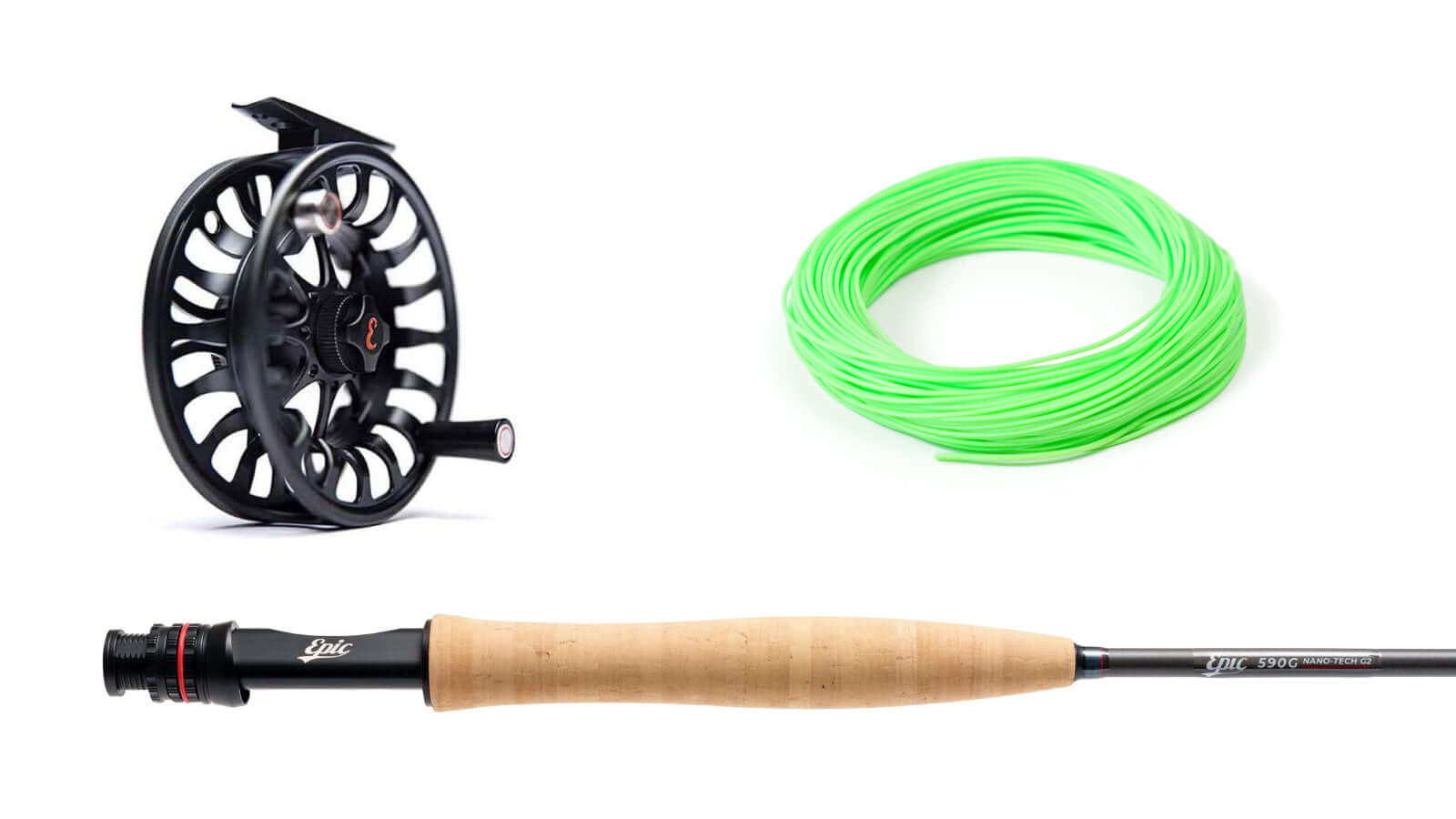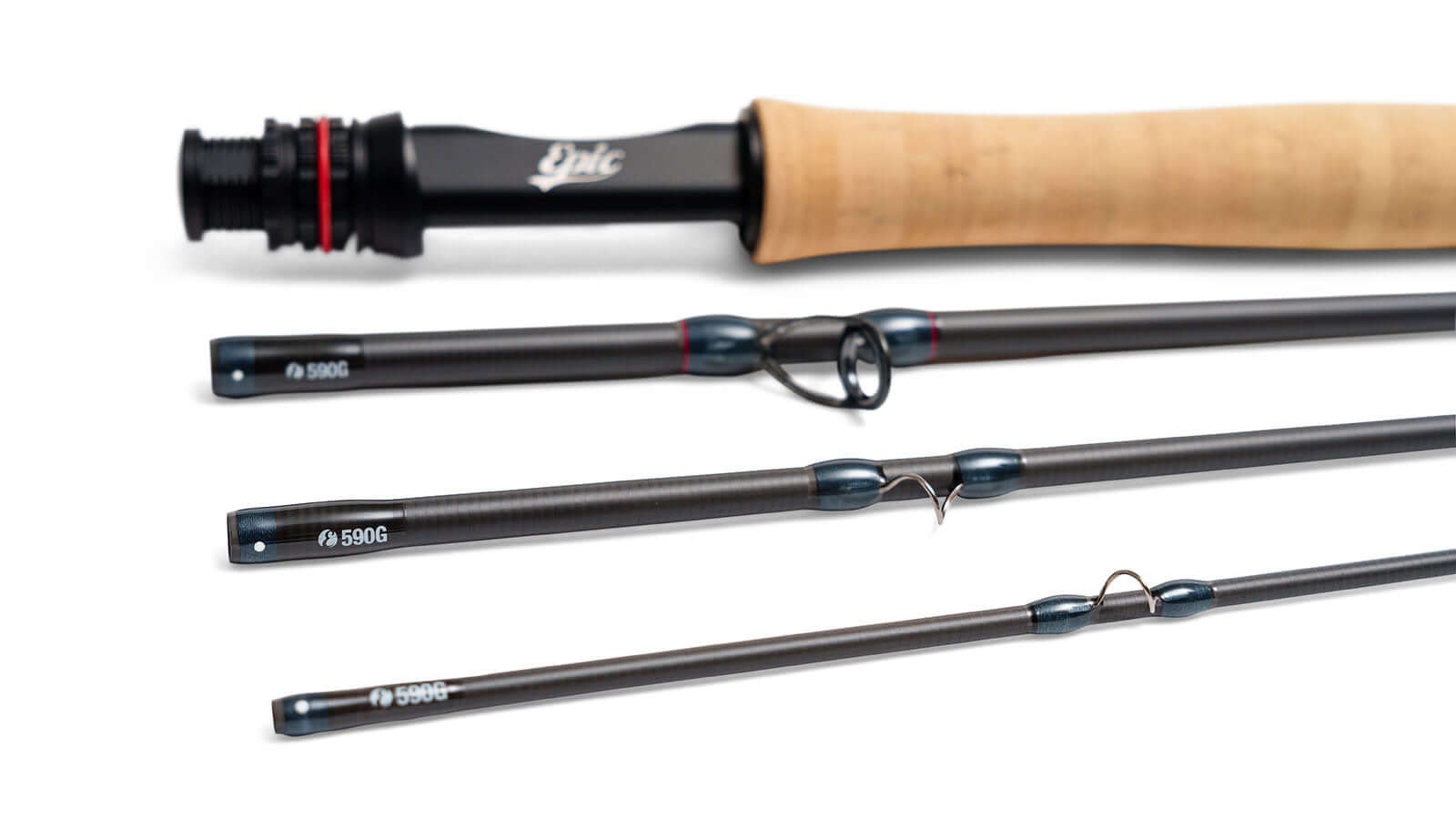From Glass to Back: Coming Full Circle
At 60-years young, like most people my age I learned to fly fish on fiberglass rods. At the time, glass rods were the relative newcomer, having bumped bamboo from the mountaintop roughly a generation earlier. Like most fly fishers from my generation however, I moved on to graphite fly rods when they crashed the party. But after roughly 30 years of pushing carbon, I have come full circle.
I grew sick of the same old same old.
How and why I ended up back on glass is as interesting as the fact that I did, at least to me. The whole thing was very much driven by a rekindled interest in small stream fishing, which was very much tied to a newfound appreciation for wild native fish, and a realization that there was more to the sport than I was getting out of it.
After years of chasing big fish – species and origin be damned, pulling on oars and anchor ropes, untangling overly complex rigs, casting more than fishing, competing with an opponent that didn’t care to compete, and dodging crowds, I grew sick of the same old same old.
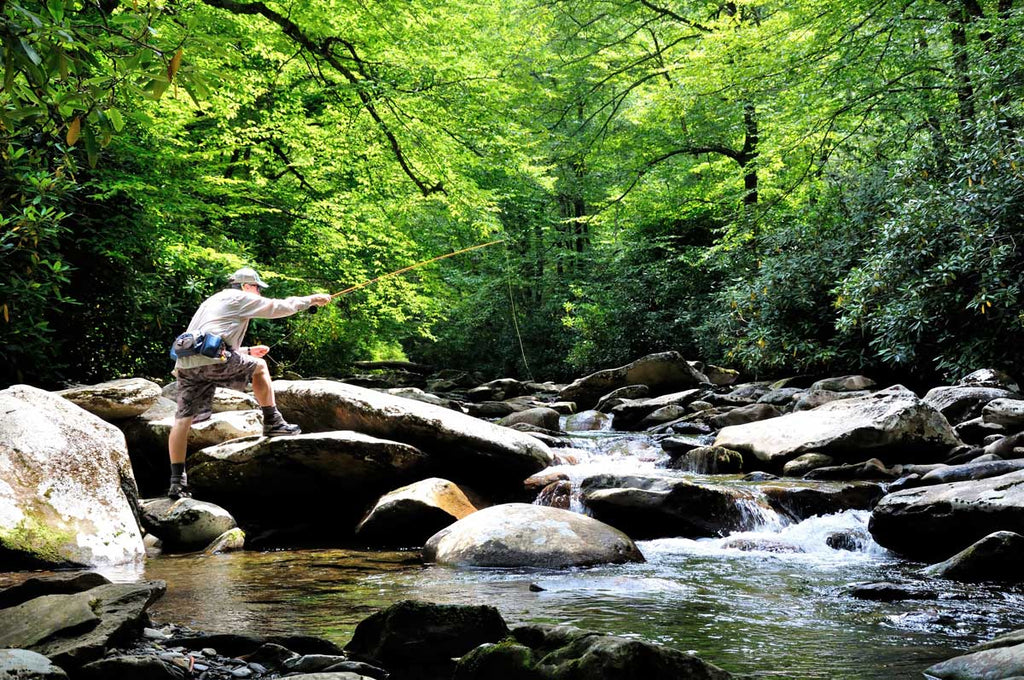
I also came to the realization that while I had always thought of myself as a conservation-minded fly fisher, I was actually a conservationist that fly fished. I decided that saving fish, wild and native ones as they are what really matters, was more important than saving fishing, and that saving the latter was not going to save the former but saving the former might save the latter.
This late-in-life epiphany pushed me back to brook trout, the fish of my childhood and primary native in my New England homeland. And brook trout pushed me back to their namesake waters, brooks. Brooks in turn pushed me toward glass as it is the perfect tool for the job. To me there is a clear synergy between the three…
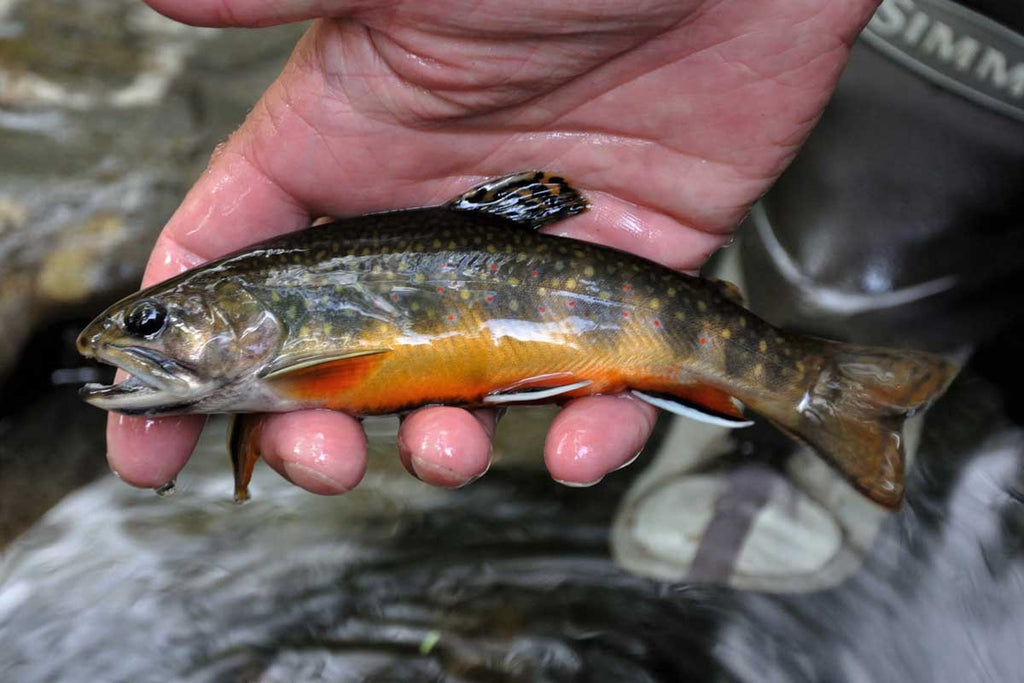
My Glassroots
The first glass fly rod I owned was an Eagle Claw Trailmaster spin/fly “convertible.” Like most products designed to perform multiple functions, it didn’t do anything well. Next was a classic but horribly clumsy Shakespeare Wonderod. Then I purchased a Daiwa VIP Gold, a good-looking but marginal stick. I owned several Shakespear Ugly Stik’s as well, and other than being virtually indestructible, they were, well, aptly named: Ugly. I also bought an amazingly heavy and incredibly poorly finished Kodiak, and a few other long- and best-forgotten dogs and cats.
The first decent glass fly rod I owned was a vintage brown glass Fenwick. A tad short, a bit stiff, and with a plastic triangular tube that didn’t hold its shape and couldn’t keep its cap, it worked, and fairly well. Next I stepped up to an Orvis Golden Eagle, the last glass fly rod I purchased until just a few years ago. But that’s where it ended as I was swept up by the graphite tide.
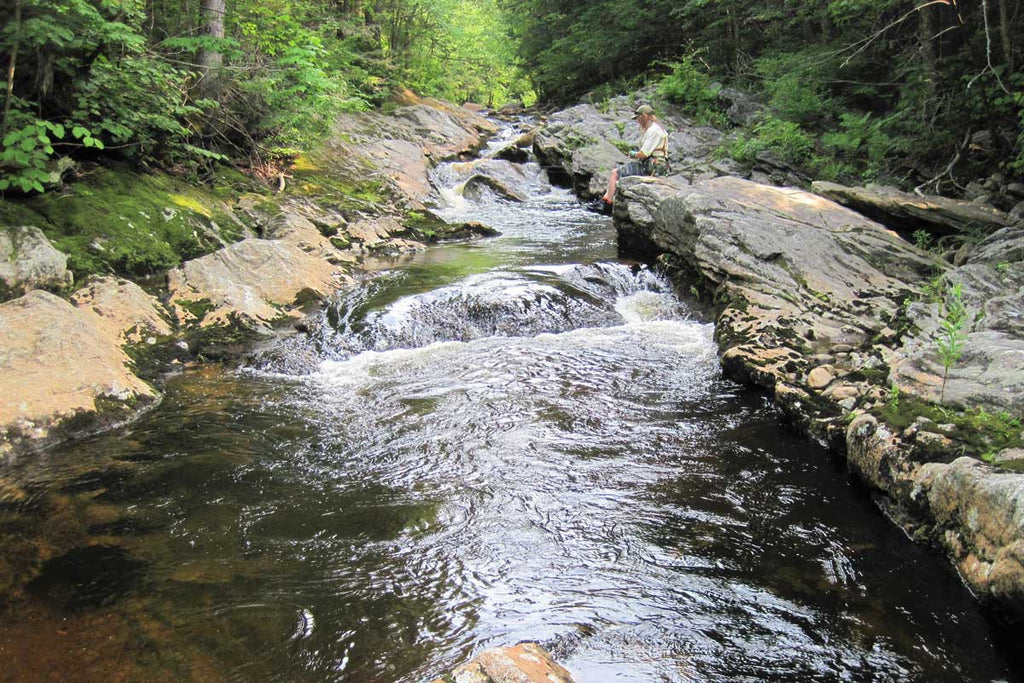
After a hiatus of twentyish years, I found myself looking at glass rods again for the reasons noted above. As the owner of a shop at the time, I looked at what was available through conventional fly rod manufacturers. While one company offered a well-wrapped rod with modern tapers and a narrow profile, there was just not that much out there.
Having purchased a best-in-class mainstream S-Glass rod, I started looking beyond my vendor circle. What I found was this niche cult-like market dedicated to pushing the envelope and developing cutting edge fiberglass fly rods. Some businesses made blanks, some wrapped other people’s blanks, and some made blanks and rolled their own finished rods.
Soon I took on a fiberglass rod column in a regional online magazine, and quite accidentally. Apparently someone had agreed to do it and failed to deliver, leaving the publisher holding the bag, and him handing it off to me. This upped the anti and planted me solidly in the glass rod camp, and the rest is history.
Inevitably my journey landed me at Epic, manufacturers of best-in-class glass rods. In fact, once you delve into the world of modern fiberglass rods, all roads eventually lead to Epic. Their blanks are clean, the tapers modern, the cork flawless, the hardware top-notch, and the workmanship impeccable. And while clearly high-tech products, they still have that traditional glass feel that I have grown to love.
My affair with Epic started with an S2-Glass 370 FastGlass Studio Built rod, a great all-around small stream rod. Next up was a 476 Packlight FastGlass, a 5-piece rod for backcountry use. While I’m not sure where I’ll go next, I am sure I’ll go…
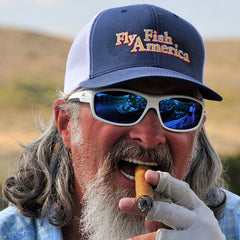 BOB MALLARD has fly fished for forty years. He is a former fly shop owner and a Registered Maine Fishing Guide. Bob is a blogger, writer, author, fly designer, and native fish advocate. He is the Publisher, Northeast Regional Editor and a regular contributor to Fly Fish America magazine; a columnist with Southern Trout online magazine, and a staff fly designer at Catch Fly Fishing. Bob is a founding member and National Vice Chair for Native Fish Coalition. His writing, photographs, and flies have been featured at the local, regional and national level including Outdoor Life, Fly Fisherman, Fly Fish America, Fly Rod & Reel, American Angler, Fly Fishing & Tying Journal, Fly Tyer, Angling Trade, Eastern Fly Fishing, Southern Trout, Fly Fishing New England, MidCurrent, OrvisNews, The Fiberglass Manifesto, Tenkara Angler, the R.L. Winston catalog, and the books Guide Flies, Caddisflies, and America’s Favorite Flies. Bob has written two books and contributed to several others. Look for his books, 50 Best Places Fly Fishing the Northeast and 25 Best Towns Fly Fishing for Trout (Stonefly Press.) Bob’s next book, Squaretail: The Definitive Guide to Brook Trout, is due out summer of 2019 (Stackpole Books.) He can be reached at www.bobmallard.com, info@bobmallard.com or 207-399-6270.
BOB MALLARD has fly fished for forty years. He is a former fly shop owner and a Registered Maine Fishing Guide. Bob is a blogger, writer, author, fly designer, and native fish advocate. He is the Publisher, Northeast Regional Editor and a regular contributor to Fly Fish America magazine; a columnist with Southern Trout online magazine, and a staff fly designer at Catch Fly Fishing. Bob is a founding member and National Vice Chair for Native Fish Coalition. His writing, photographs, and flies have been featured at the local, regional and national level including Outdoor Life, Fly Fisherman, Fly Fish America, Fly Rod & Reel, American Angler, Fly Fishing & Tying Journal, Fly Tyer, Angling Trade, Eastern Fly Fishing, Southern Trout, Fly Fishing New England, MidCurrent, OrvisNews, The Fiberglass Manifesto, Tenkara Angler, the R.L. Winston catalog, and the books Guide Flies, Caddisflies, and America’s Favorite Flies. Bob has written two books and contributed to several others. Look for his books, 50 Best Places Fly Fishing the Northeast and 25 Best Towns Fly Fishing for Trout (Stonefly Press.) Bob’s next book, Squaretail: The Definitive Guide to Brook Trout, is due out summer of 2019 (Stackpole Books.) He can be reached at www.bobmallard.com, info@bobmallard.com or 207-399-6270.



